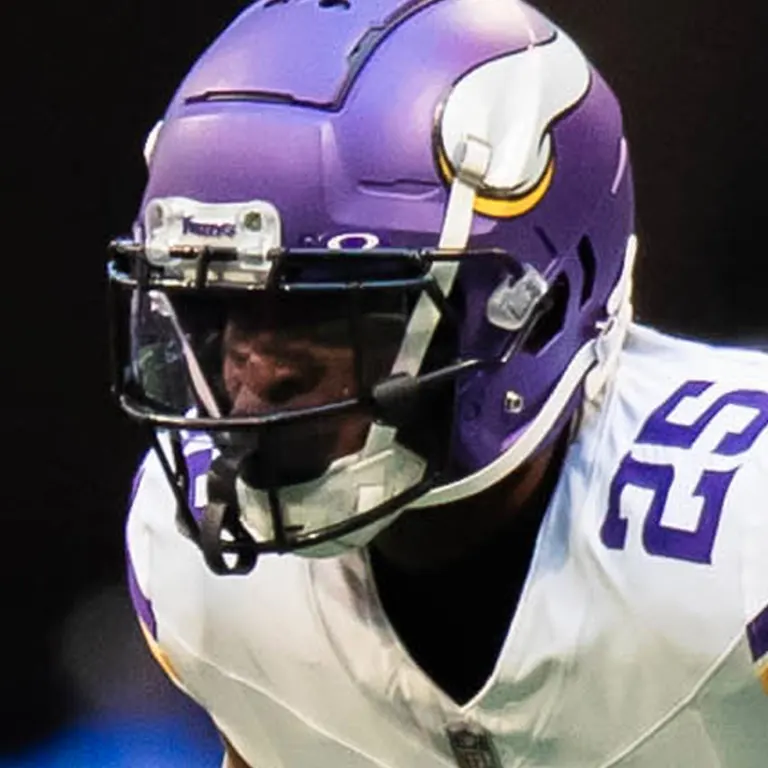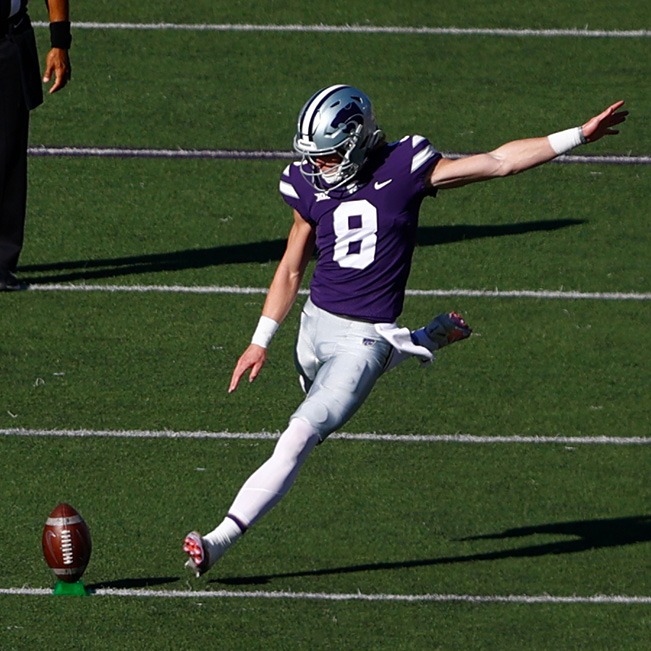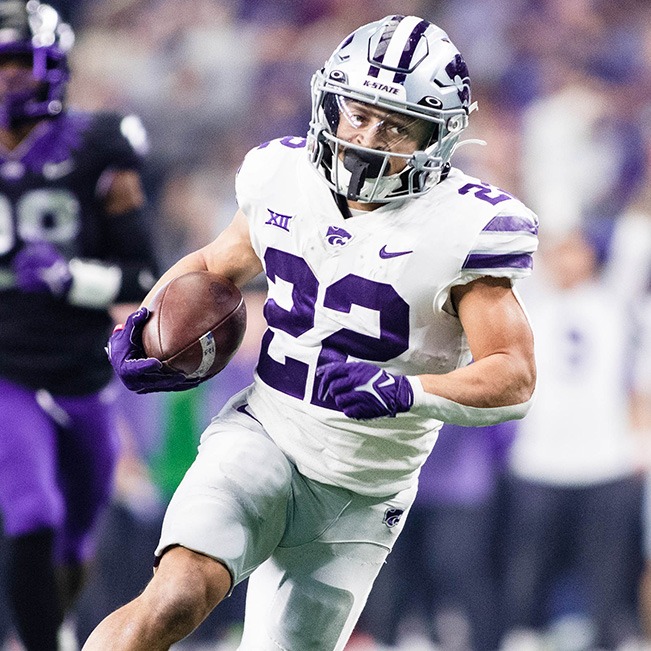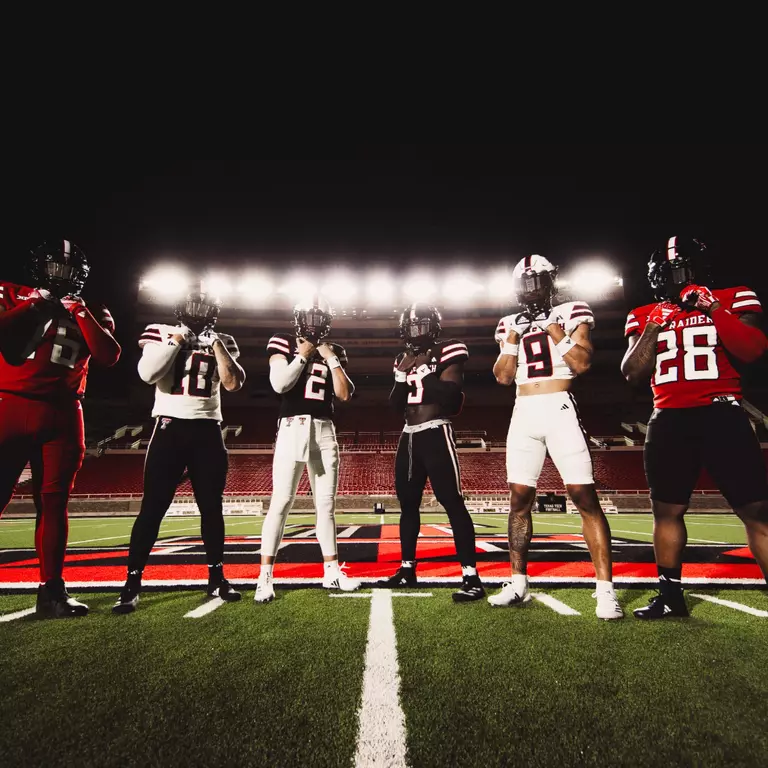I. Introduction

Football is a dynamic and exhilarating sport that captivates fans all around the world. It is a game of strategy, skill, and physicality, where understanding the various football positions is crucial for both players and fans to appreciate the complexity and excitement of the game.
A. Brief Overview of the Game of Football
Football, also known as American football, is a team sport characterized by two opposing teams aiming to score points by advancing an oval-shaped ball into the opposing team’s end zone. It is a physically demanding sport that requires a combination of strength, speed, agility, and strategic thinking to outmaneuver the opposing team and achieve victory.
B. Importance of Understanding Football Positions for Strategy and Gameplay
Each position in football plays a unique role in the team’s overall strategy, and understanding the responsibilities and skills associated with each position is essential for players to perform their roles effectively and for fans to appreciate the dynamics of the game.
II. Offense Positions
The offense is responsible for advancing the ball towards the opposing team’s end zone and ultimately scoring points. The following positions are crucial for executing successful offensive plays:
A. Quarterback
The quarterback is the leader of the team’s offense, responsible for directing plays and executing passes to advance the ball. Their role on the field is crucial, as they are often the focal point of the team’s strategy and play execution.
- Responsibilities and Role on the Field
The quarterback’s primary responsibility is to lead the team’s offensive attacks by analyzing the defense, making strategic decisions, and effectively distributing the ball to receivers. They are also responsible for calling plays and audibles at the line of scrimmage. - Key Skills and Attributes Needed for the Position
The quarterback must possess exceptional throwing accuracy, decision-making abilities under pressure, leadership qualities, and a thorough understanding of the game’s nuances to excel in their role.
B. Running Back
The running back plays a crucial role in the offense by carrying the ball and contributing to both the running and passing game.
- Overview of the Running Back’s Role in the Offense
Running backs are versatile players who can run with the ball, catch passes, and provide blocking support for the quarterback. They are essential for gaining yards on the ground and adding a dynamic element to the offense. - Skills and Techniques Required for Success in the Position
Running backs need to have speed, agility, vision, and the ability to evade defenders. They must also be adept at reading blocks, making quick decisions, and securing the ball to effectively contribute to the team’s offensive efforts.
C. Wide Receiver

Wide receivers are primary targets for the quarterback, responsible for catching passes and gaining significant yardage in the passing game.
- Understanding the Wide Receiver’s Position and Responsibilities
Wide receivers are tasked with running precise routes, creating separation from defenders, and making receptions to move the ball down the field. They are instrumental in stretching the defense and creating scoring opportunities. - Speed, Agility, and Catching Abilities Required for the Role
Wide receivers must possess exceptional speed, agility, and hand-eye coordination to effectively catch passes while maneuvering through defenders. Their ability to create big plays in the passing game is essential for the team’s offensive success.
III. Offensive Line Positions
The offensive line is the critical component of the offense, responsible for protecting the quarterback and creating openings for running plays. The following football positions are essential for maintaining the integrity of the offensive line:
A. Center
- Duties and Significance of the Center Position on the Offensive Line
The center is the anchor of the offensive line, playing a pivotal role in initiating each play by snapping the ball to the quarterback. They also serve as the primary communicator for the rest of the line, identifying defensive alignments and making adjustments as necessary.
The center’s role in the offensive line is significant as they act as the foundation for the entire unit, ensuring cohesion and coordination among the linemen. Their precision in snapping the ball and quick, powerful movements are essential for the success of the offense.
- Skills and Physical Attributes Needed to Excel as a Center
To excel as a center, players need to possess exceptional snapping proficiency, a quick and explosive first step, and a strong lower body to hold their ground against powerful opposing defensive linemen. Additionally, keen football intelligence and the ability to read defensive formations are crucial for effective line adjustments.
B. Guard
- Overview of the Guard’s Role in the Offensive Line
Guards are positioned on either side of the center, playing a key supportive role in both the running and passing game. They are responsible for providing interior blocking and creating lanes for running backs while also fortifying the pocket for the quarterback during passing plays. - Strength, Footwork, and Blocking Techniques Required for the Position
Guards must exhibit exceptional strength to hold their position against massive defensive tackles and create openings for running plays. Additionally, possessing agile footwork and effective blocking techniques, such as pulling and trap-blocking, is fundamental for guards to execute their role effectively.
C. Tackle
- Understanding the Tackle’s Responsibilities on the Offensive Line
Tackles are positioned on the outer edges of the offensive line and are tasked with protecting the quarterback’s blind side, as well as contributing to blocking for both running and passing plays.
The tackle’s primary responsibilities involve providing sturdy protection for the quarterback against menacing defensive ends and linebackers, especially when executing pass plays. In addition, they play a crucial role in creating openings for outside running plays by driving and sealing off opposing defenders.
- Importance of Size, Strength, and Pass Protection Skills for the Position
Tackles often possess imposing size and strength to effectively neutralize powerful defensive pass rushers. Their ability to engage in forceful, yet technically sound, pass protection and maintain a strong, well-balanced stance is vital for ensuring the quarterback’s safety and the success of the offense.
V. Special Teams football Positions
Kicker
- Responsibilities and role of kickers in special teams play
The kicker in a football team is responsible for executing field goals and extra points, as well as kickoffs. Their primary role is to score points for the team by successfully kicking the ball through the uprights. In special teams play, kickers are crucial for securing points and gaining field position for their team. They must be able to perform under pressure and deliver accurate, powerful kicks when called upon. - Techniques and mental focus required for successful kicking
Successful kicking requires a combination of physical and mental skills. Kickers must have strong leg strength to generate power and distance in their kicks. They must also possess excellent accuracy to consistently hit their target. In addition to the physical aspects, kickers need to maintain strong mental focus and composure, especially in high-pressure situations. They must be able to block out distractions and execute their kicks with precision.
Punter
- Overview of the punter’s role in special teams
The punter plays a crucial role in special teams by handling punts, which are used to change field position and give the opposing team a longer field to work with. Punters are responsible for kicking the ball as far down the field as possible while also maintaining good hang time to allow their coverage team to get downfield and prevent a return. The punter’s ability to flip the field can have a significant impact on the outcome of a game. - Importance of leg strength, accuracy, and situational awareness for punters
Punters need to have strong leg strength to consistently launch the ball deep into the opposing team’s territory. They also require accuracy to place the ball in an optimal position, typically towards the sideline to limit the returner’s options. Furthermore, punters need to have situational awareness to understand when to attempt a traditional punt, execute a rugby-style kick, or attempt a fake punt play. Their ability to read the game situation and make quick decisions is essential for success in the role.
Long Snapper
- Understanding the long snapper’s responsibilities on special teams
The long snapper is responsible for accurately and consistently delivering the ball to the punter or holder for field goal and extra point attempts. They play a crucial role in the kicking game by ensuring a clean, quick delivery of the ball, which is essential for the success of the kicking operation. Long snappers often go unnoticed until a mistake occurs, highlighting the importance of their role in special teams. - Precision, consistency, and focus needed for successful long snapping
Long snapping requires a high level of precision and consistency. Long snappers must be able to deliver the ball with accuracy and velocity to the punter or holder, allowing for a smooth transition into the kick. They also need to maintain a strong mental focus to perform their role effectively, particularly under the pressure of game situations. The ability to consistently deliver precise snaps is critical to the success of the special teams unit as a whole.
In conclusion, the special teams positions of kicker, punter, and long snapper play integral roles in a football team’s success. Each position requires a unique set of skills, including physical abilities, mental focus, and situational awareness. These players are essential for securing points, changing field position, and ensuring the success of the kicking game. Their contributions often go unnoticed but have a significant impact on the outcome of games.

